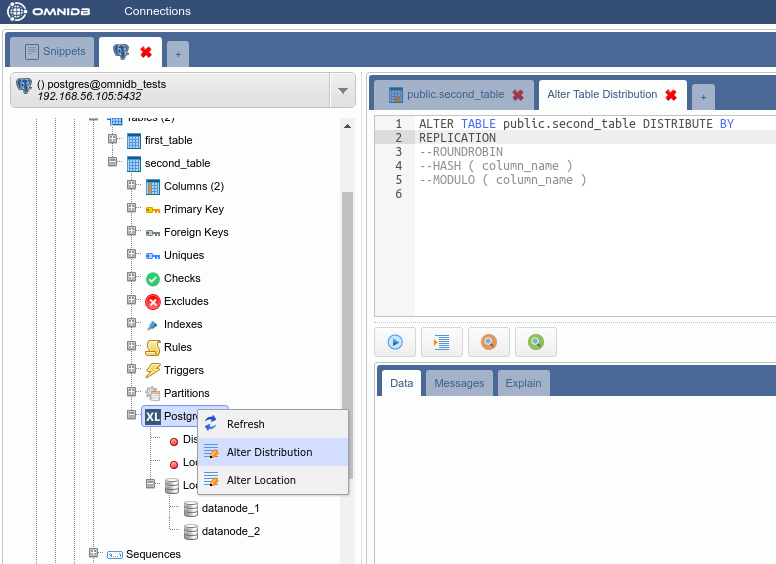
- #Postgres unique constraint multiple columns how to#
- #Postgres unique constraint multiple columns update#
Prisma is an open-source database toolkit for Typescript and Node.js that aims to make app developers more productive and confident when working with databases.

#Postgres unique constraint multiple columns how to#
How to query and filter documents in MongoDB.How to manage databases and collections in MongoDB.

How to manage authorization and privileges in MongoDB.How to manage users and authentication in MongoDB.Introduction to provisioning MongoDB Atlas.How to export database and table schemas in SQLite.
#Postgres unique constraint multiple columns update#
How to update existing data with SQLite.How to perform basic queries with `SELECT` with SQLite.Inserting and deleting data with SQLite.Creating and deleting databases and tables with SQLite.An introduction to MySQL column and table constraints.How to create and delete databases and tables in MySQL.An introduction to PostgreSQL column and table constraints.An introduction to PostgreSQL data types.How to create and delete databases and tables in PostgreSQL.How to configure a PostgreSQL database on RDS.Comparing relational and document databases.Glossary of common database terminology.Comparing database types: how database types evolved to meet different needs.If ( parseInt ( value ) <= parseInt ( this. Throw new Error ( 'Only even values are allowed!' ) IsCreditCard : true, // check for valid credit card numbers IsBefore : "", // only allow date strings before a specific date IsAfter : "", // only allow date strings after a specific date IsDate : true, // only allow date strings Len :, // only allow values with length between 2 and 10 NotContains : 'bar', // don't allow specific substrings IsIn : ], // check the value is one of these NotIn : ], // check the value is not one of these NotEmpty : true, // don't allow empty stringsĮquals : 'specific value', // only allow a specific valueĬontains : 'foo', // force specific substrings IsUppercase : true, // checks for uppercase IsLowercase : true, // checks for lowercase IsDecimal : true, // checks for any numbers IsFloat : true, // checks for valid floating point numbers IsInt : true, // checks for valid integers IsNumeric : true, // will only allow numbers IsAlphanumeric : true, // will only allow alphanumeric characters, so "_abc" will fail IsAlpha : true, // will only allow letters IsIPv6 : true, // checks for IPv6 format IsIP : true, // checks for IPv4 (129.89.23.1) or IPv6 format IsUrl : true, // checks for url format () IsEmail : true, // checks for email format ( ) Not : +$", 'i' ], // same as above, but constructing the RegExp from a string Not : / ^+$ / i, // does not match this RegExp Is : +$", 'i' ], // same as above, but constructing the RegExp from a string You can define your custom validators or use several built-in validators, implemented by validator.js (10.11.0), as shown below. You can also call validate() to manually validate an instance. Validations are automatically run on create, update and save. Model validators allow you to specify format/content/inheritance validations for each attribute of the model.

This way, direct SQL queries that attempt to set the value to null will also fail.


 0 kommentar(er)
0 kommentar(er)
